Original | Odaily Planet Daily (@OdailyChina)
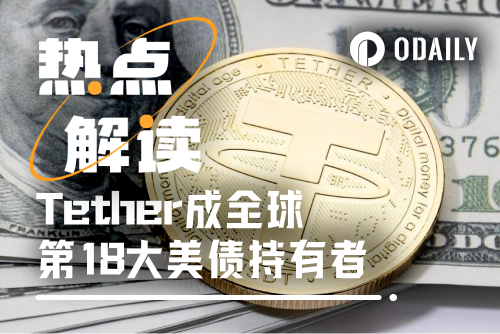
Recently, the latest data disclosed by Tether shows that its holdings of U.S. Treasury bonds have surpassed $120 billion. This figure not only exceeds the holdings of sovereign nations such as the UAE and Germany but also positions a stablecoin issuer as the 18th largest holder of U.S. debt globally.
For those familiar with the crypto market, this number is astonishing; in the eyes of traditional finance, it resembles a structural "financial tectonic movement." Some believe that stablecoin issuers like Circle and Tether are absorbing more U.S. debt than most countries, which could reshape the U.S. economy.
In the eyes of supporters, this is a new extension of dollar hegemony: through on-chain liquidity and a global payment network, stablecoins provide an unprecedented lever for the dollar's dominant position in international trade and digital assets. However, critics warn that even if stablecoins only account for a small portion of the entire market, they could lead to financial instability in the banking sector, as stablecoins may siphon funds away from bank deposits, which are necessary liquidity for loans, thus potentially threatening the credit system.
The Prosperity and Oligopoly of the Stablecoin Market
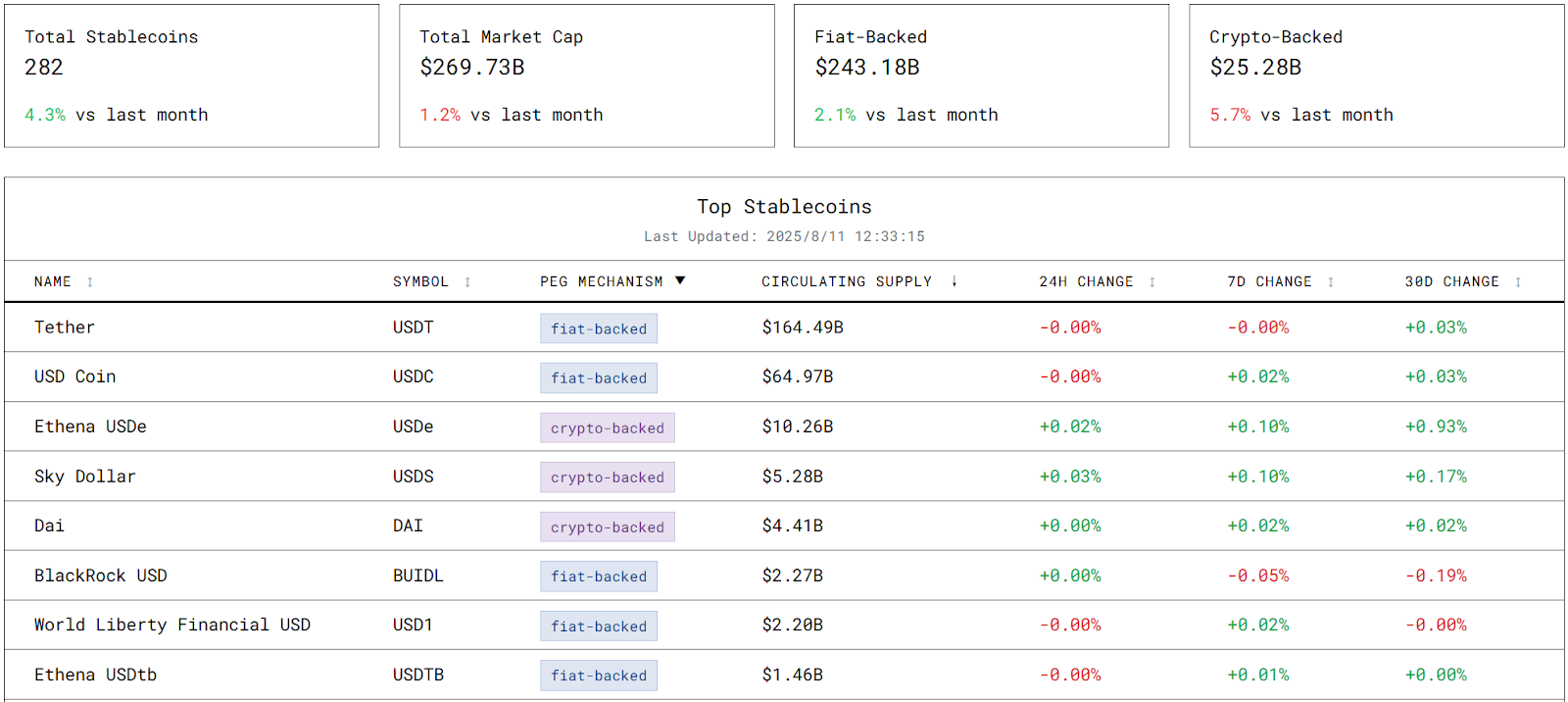 The stablecoin market is currently experiencing a liquidity boom. According to data from stablecoins.asxn.xyz, the total market capitalization of global stablecoins has soared to $26.973 billion, reaching an all-time high. Among them, Tether's USDT leads with a market cap of $16.449 billion, followed closely by Circle's USDC at $6.497 billion, together accounting for over 85% of the market share, forming a clear oligopoly.
The stablecoin market is currently experiencing a liquidity boom. According to data from stablecoins.asxn.xyz, the total market capitalization of global stablecoins has soared to $26.973 billion, reaching an all-time high. Among them, Tether's USDT leads with a market cap of $16.449 billion, followed closely by Circle's USDC at $6.497 billion, together accounting for over 85% of the market share, forming a clear oligopoly.
Interestingly, despite the highly concentrated market structure, the market's innovative vitality has not been suppressed. Since 2024, the total number of stablecoins has increased to 282, with new categories continuously emerging from on-chain payments to cross-border settlements.
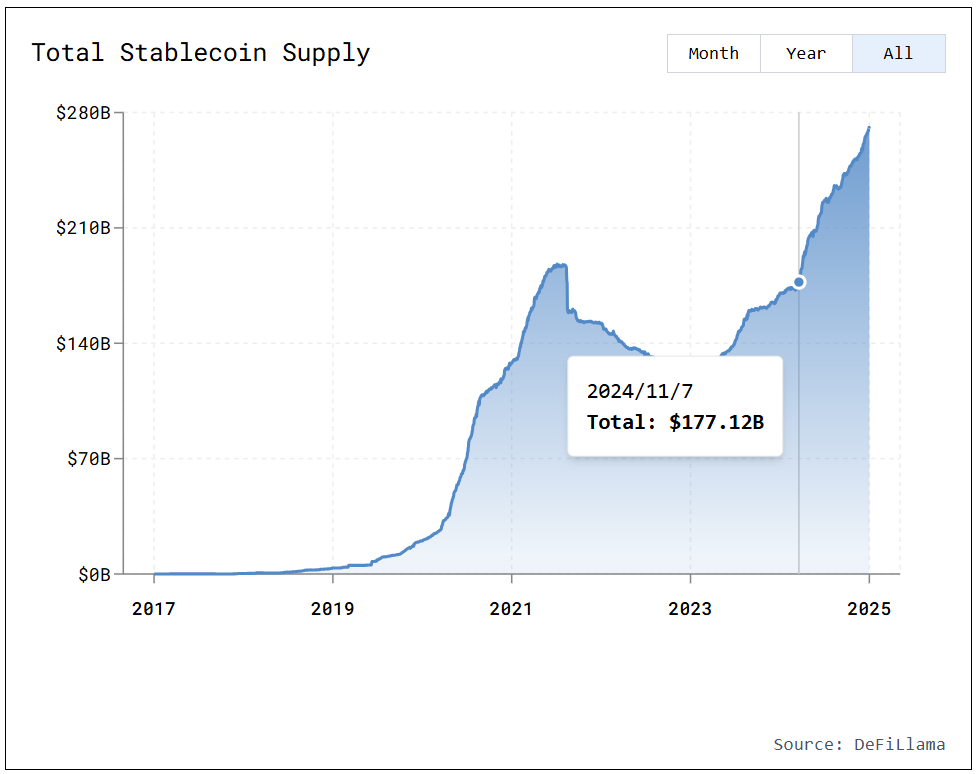
In terms of market cap trends, USDT has shown steady growth, while USDC has experienced a slowdown in growth since May 2025. Meanwhile, the decentralized stablecoin USDe recorded a monthly increase of over 75% in July, becoming a "dark horse" that disrupts the landscape.
USDT vs. USDC: Two Paths, Two Logics
Although both USDT and USDC promise a 1:1 peg to the dollar, they have chosen entirely different paths in terms of development and brand positioning.
Tether (USDT): The Controversial Pioneer of Marketization
USDT is issued by Tether Limited, registered in Hong Kong and headquartered in Switzerland, dominating the stablecoin space through a market-oriented approach. With a wide range of trading pairs and massive circulation, USDT has become the most widely used stablecoin in the crypto market, even thriving in gray areas. However, its transparency regarding reserves has long been criticized. In October 2021, Tether was fined $41 million by U.S. regulators over reserve issues. Despite regularly releasing reserve reports, the lack of audit frequency and detail has left the market skeptical of its trustworthiness.
Circle (USDC): A Robust Compliance Choice
In contrast, USDC follows a compliance-oriented path. Issued by the Centre consortium, co-founded by Circle and Coinbase, Circle operates as a fintech company regulated by U.S. financial authorities (FinCEN) and publishes monthly reserve reports audited by third-party accounting firms (such as Grant Thornton) to prove its dollar reserves are sufficient. Although USDC's market size is smaller than USDT's, it is favored in decentralized finance (DeFi) and institutional trading due to its high transparency and compliance.
This represents not only a difference in products but also a strategic bet on the future: one bets on market efficiency and liquidity, while the other bets on institutional trust and compliance moats.
The "Money-Sucking" Logic of Stablecoins: Costless Deposits and Huge Profits
The business model of stablecoin issuers is the clearest and most direct in the crypto industry, centered around costless deposit gathering and stable interest rate spreads. When a user exchanges $100 for 100 stablecoins, that $100 becomes the issuer's reserve. Since stablecoins do not pay interest to users, the issuer effectively obtains a costless deposit. They then invest these funds in U.S. Treasury bonds, repurchase agreements, and other high liquidity, low-risk assets to earn stable interest returns.
With a capital pool in the hundreds of billions, this model becomes a continuously operating profit machine: stable returns, controllable risks, and arguably the most predictable business model in the crypto industry.
For example, in Tether's asset portfolio, cash equivalents such as U.S. Treasury bonds account for over 80%, Bitcoin makes up 5%, and the remainder is distributed among corporate bonds, precious metals, and secured loans. By the second quarter of 2025, Tether's holdings of U.S. Treasury bonds reached $127 billion (direct holdings of $105.5 billion and indirect holdings of $21.3 billion), surpassing South Korea's $124.2 billion, ranking 18th globally.
The significance of this holding structure lies not only in the profitability of the stablecoin market but also in its position in the dollar liquidity cycle. Stablecoins provide global users with immediate access to dollars while channeling these funds back into the U.S. Treasury bond market, forming a "dollar-on-chain-Treasury bond" circulation pathway. This pathway enhances global demand for U.S. debt but could also amplify liquidity fluctuations in extreme cases, as the redemption demand for stablecoins is more immediate and concentrated than traditional bank deposits.
Circle, on the other hand, adopts a more conservative asset allocation: 44% in U.S. Treasury bonds, 44% in Treasury repurchase agreements, and 14% in bank deposits. As of June 30, 2025, its total Treasury bonds and repurchase agreements amounted to approximately $53 billion. This allocation aligns more closely with the risk management logic of traditional financial institutions, suggesting a relatively stable balance between short-term payouts and interest income.
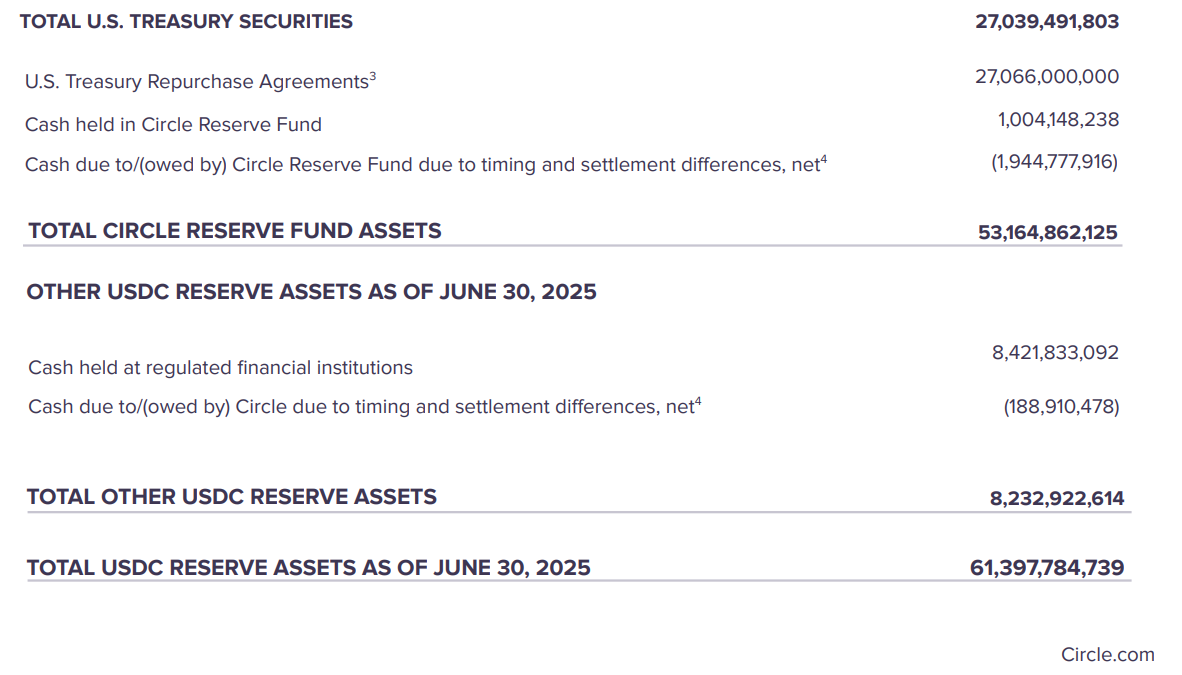
Financial Performance: The Other Side of Profit
According to financial data for the second quarter of 2025, Tether's total assets reached $162.57 billion, total liabilities (token issuance) were $157.11 billion, and net assets were approximately $5.47 billion, with shareholder equity remaining stable. In just the second quarter, Tether achieved a net profit of $4.9 billion, with cumulative profits of $5.7 billion in the first half of the year, of which $3.1 billion came from recurring profits and $2.6 billion from the valuation increase of gold and Bitcoin holdings. This indicates that a significant portion of its profit structure relies on asset price fluctuations; although the current market environment is favorable, valuation gains could quickly shrink during a cycle reversal.
Circle, in contrast, exhibits more "bank-like" financial characteristics—by June, total assets were $61.39 billion, total liabilities were $61.33 billion, with assets slightly exceeding liabilities. According to data from tokenterminal.com, the protocol's revenue over the past year reached $1.9 billion, primarily from interest income on Treasury bonds and repurchase agreements, with almost no reliance on high-volatility assets. This model is highly attractive in the current high-interest-rate environment, but if the U.S. enters a rate-cutting cycle, income pressure may increase.
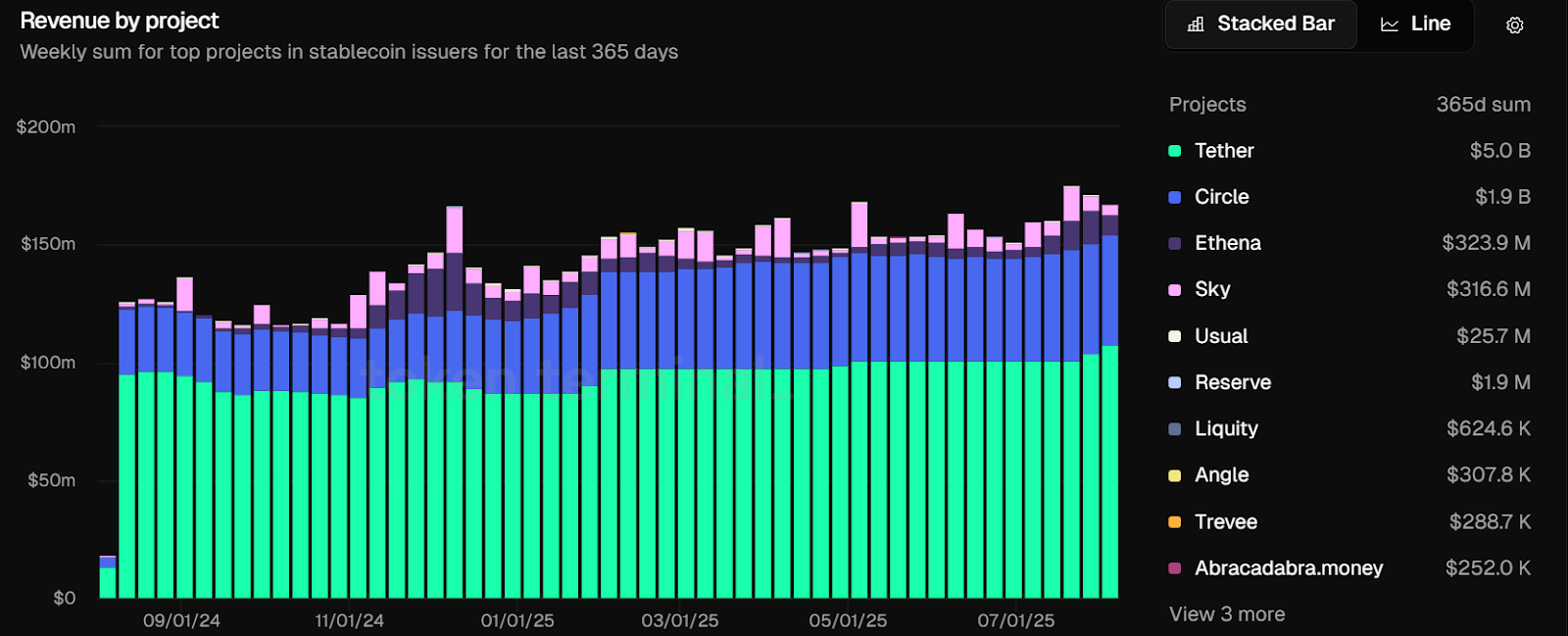
On July 18, 2025, U.S. President Trump signed the GENIUS Act, delineating new boundaries for the stablecoin industry, marking a turning point for stablecoins from marginal innovation to mainstream finance. This legislation not only responds to industry expansion but also reflects the U.S. intention to incorporate stablecoins into the "digital dollar" strategic landscape.
For compliant issuers like Circle, the act signifies an expansion of market space; for Tether, however, its global market advantage may face challenges due to pressures regarding reserve transparency and compliance standards. Regardless of the ultimate direction, stablecoins are becoming an extension tool of dollar hegemony in the digital age, also planting new variables in the global financial system.
免责声明:本文章仅代表作者个人观点,不代表本平台的立场和观点。本文章仅供信息分享,不构成对任何人的任何投资建议。用户与作者之间的任何争议,与本平台无关。如网页中刊载的文章或图片涉及侵权,请提供相关的权利证明和身份证明发送邮件到support@aicoin.com,本平台相关工作人员将会进行核查。



